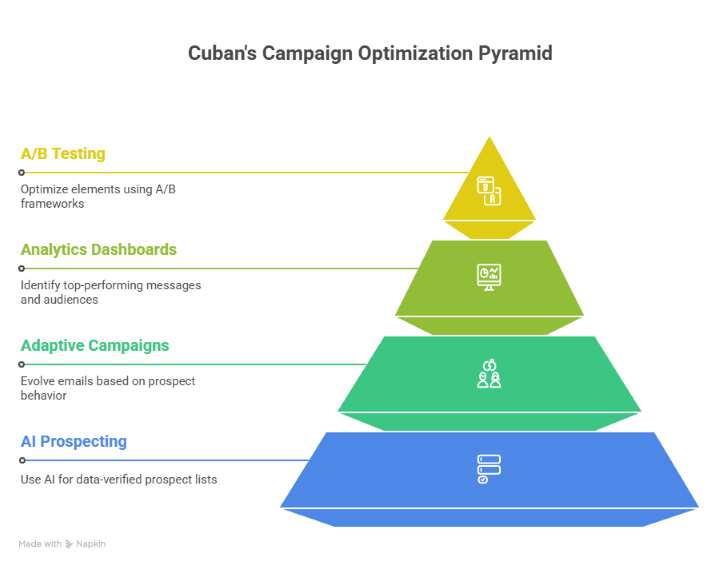
B2B business owners are increasingly aware of the need for account-based marketing. In marketing surveys of B2B executives, as many as 90 percent of them believe that ABM is a proven revenue enhancer. By treating key accounts as “segments of one” and customizing marketing approaches directly to the decision-makers, organizations see far more engagement and higher sales volume than they do from conventional, top-down approaches. It’s clear why businesses are making the move to ABM; what’s less clear for companies that don’t yet have the technology in place is how to get from here to there.
To implement account-based marketing, you first need to have the infrastructure to handle it. A marketing automation platform with a well-organized database is the solid foundation you need to build before you’re ready to move up to ABM.
Gathering the Data
Computer scientists are fond of the “GIGO” principle, or “garbage in, garbage out.” Fill a database with information that’s inaccurate, and your results will be inaccurate too. Use clean, verified data at the outset, though, and you’re starting from a position of strength. The first step to any account-based marketing strategy is data hygiene. Chances are, you already have a wealth of data on hand, but some of it may not be accessible. Data normalization processes put everything in a format that makes it instantly accessible. Once you know you’re working with pure data in standardized forms, it’s time to define the rules by which you’ll interact with it.
Database Management
Just as a library is useless without a filing system and experts to execute it, a database is no good without database management. Your database management team migrates customer data and transaction information from your current platform to the new one and then sets up the rules that will govern how the system stores and retrieves data. A properly managed marketing database allows you to group client information more effectively, process data with increased granularity, and understand more about the key accounts that are the keystones of ABM. As database technology has improved, your system can process data with increasing precision too, giving you greater returns on your database management investments.
Aligning Your Data
A database is more than just a collection of information. It’s a dynamic system that lets users derive new insights from existing data by showing how information is related. Combining transactional data from sales histories, customer service records from your CRM, and behavioral data from your marketing automation platform in a single system gives you a vastly larger field of vision that you can then use when planning your account-based marketing strategy. A centralized database also brings your sales department in line with your marketing department, which in turn results in better customer care – an essential for account-based marketing.
You might have heard of the 80/20 rule – that is, 80 percent of your revenue comes from 20 percent of your customers – and with account-based marketing, you ensure your 20-percenters get the customized care they expect. ABM also helps you reduce efforts directed at prospects who don’t result in significant revenue. Database services that set your organization’s tech up for success from the beginning let you move up to ABM with a minimum of effort.
© Reach Marketing LLC 2016 All Rights Reserved.



